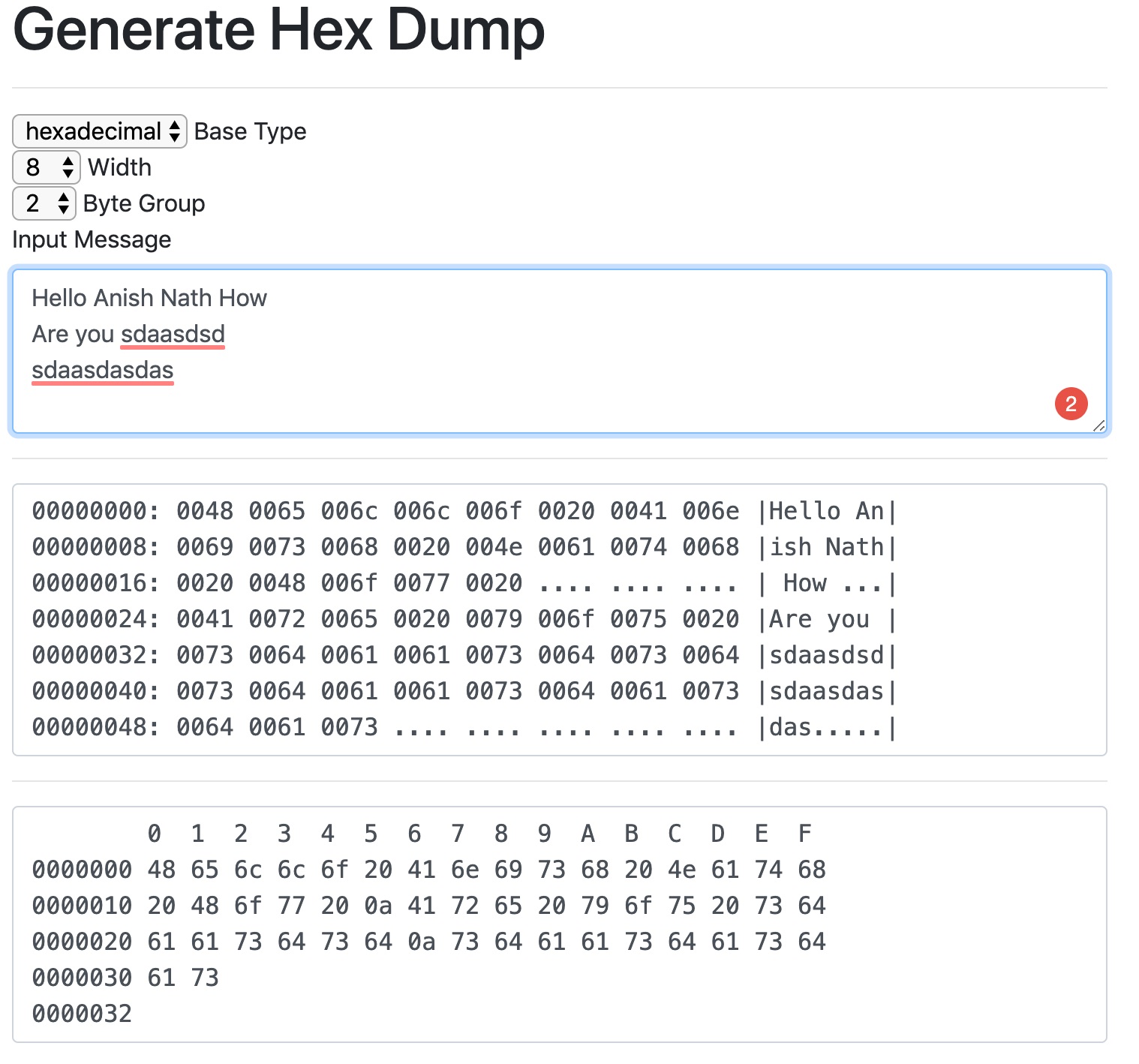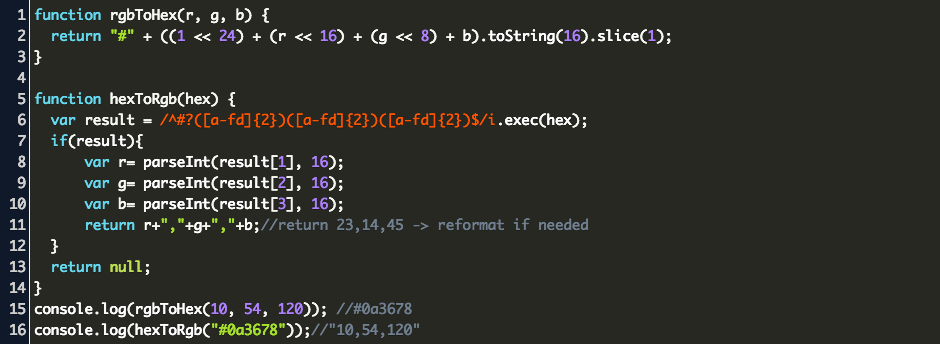

In the all above examples, we have used Python int() method. Both strings will suffice for conversion in this way. If you want to convert the string to an int, pass the string to int along with a base you are converting from. You must specify 0 as the base to invoke this prefix-guessing behavior, omitting the second parameter means to assume base-10.) With the 0x prefix, Python can distinguish hex and decimal automatically. We finally get the string representation of the Base64 conversion by decoding the base64bytes as ASCII. We then Base64 encode messagebytes and store the result in base64bytes using the base64.b64encode method. Without the 0x prefix, you need to specify the base explicitly. We convert that to a bytes-like object using the string's encode method and store it in messagebytes.

➜ pyt How to convert hex string to int in Python In the above example, we have used the _index_() method to use it with the hex() function. Print(numberK, 'in hex =', float.hex(numberK)) Print(numberEL, 'in hex =', float.hex(numberEL)) Let’s see an example of the hexadecimal representation of float. Hexadecimal representation of float in Python We have started our index from position 2 to the last of the string, i.e., h1 this means the string will print characters from position 2 to the last of the string.

On the above program, we have used string slicing to print the result without ‘0x’. Print("The ", num2, " in hexadecimal is: ", h2) # Converting float number to hexadecimal form Print("The ", num, " in hexadecimal is: ", h1) # converting the number into hexadecimal form Let’s see an example of the hex() method without 0x. The 123.54 in hexadecimal is: 0x1.ee28f5c28f5c3p+6 Python hex() without 0x


 0 kommentar(er)
0 kommentar(er)
